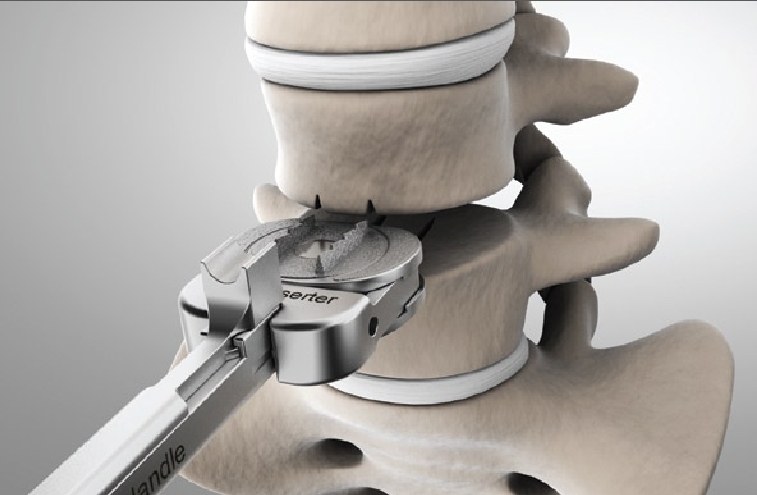Objective:
To describe minimally invasive transforaminal lumbar interbody fusion (MIS-TLIF) for highly migrated lumbar disc herniation (LDH) and assess its clinical outcomes.
Patients and methods:
This research retrospectively assessed 25 patients who were diagnosed with one-segmental highly migrated LDH and underwent MIS-TLIF in Peking University First Hospital from June 2015 to September 2019. Demographic data, perioperative parameters, complications, recurrence, and surgical outcomes were assessed.
Results:
Twelve males and 13 females, with a mean age of 56.68 years old, were involved and the follow-up period was at least one year. The mean operation time was 222.16 minutes, the mean intraoperative hemorrhage was 250.00 mL, and the mean post-operative hospitalization was 5.76 days. The improvements in visual analog scale (VAS) and Oswestry disability index (ODI) were statistically significant. In addition, based on the MacNab criteria, 22 patients (88.0%) acquired satisfactory (good or excellent) results. One patient underwent post-operative epidural hematoma and recovered after evacuation of the hematoma. No recurrence was found.
Conclusion:
MIS-TLIF is safe and effective and it can provide satisfactory clinical outcomes for highly migrated LDH.
Keywords:
clinical outcomes; highly migrated lumbar disc herniation; minimally invasive transforaminal lumbar interbody fusion.

